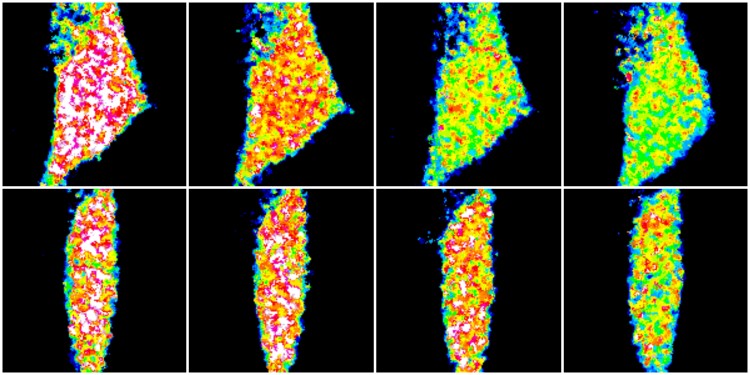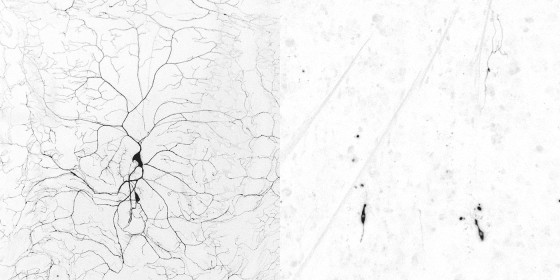
Sufficient energy supply decisive for nerve development
The bodies of animals and humans are innervated by a network of nerve cells which are connected through long extensions. The nerve cells use these so-called axons and dendrites to communicate with one another. During early development, nerve cells grow a large number of axons and dendrites. To make the connections specific, redundant extensions are removed at a later stage in a process called “pruning”. Using the fruit fly Drosophila melanogaster as a model, an interdisciplinary team of researchers at the University of Münster asked whether energy (in the form of adenosine triphosphate (ATP)) is needed for pruning, which takes place in the flies during metamorphosis. The results of the study have now been published in the journal “Cell Reports”.
Some background: ATP is the energy currency of all living cells. Because it is so important, there are many different ways of producing it – for example, through the process of glycolysis from glucose or by so-called oxidative phosphorylation from various other nutrients. “The reason that we asked whether ATP is important for pruning comes from observations of the fruit fly,” explains Marco Marzano, a member of the team led by Dr. Sebastian Rumpf at the Institute of Neuro- and Behavioural Biology and lead author of the study. “Firstly, in Drosophila most pruning happens during the pupal stage when the animals do not feed and have to be very careful with their stored resources. And secondly, a fundamental question: Is energy needed when a biological structure breaks down?”

Interestingly, the team was able to demonstrate that the defects in nerve development were intensified by malnutrition. The results thus show important connections between nerve development, cellular energy metabolism and the general energy supply. It was already known from studies on neurodegenerative diseases that nerve cells can atrophy when their energy balance is disturbed. This new study shows that sufficient, precisely regulated energy supply is already decisive for nerve development at an early stage – and not only for the growth of nerve processes, but also for their degradation.
For their studies, the researchers combined modern microscopy techniques – such as sensors based on Förster resonance energy transfer (FRET), – with molecular Drosophila genetics.
Funding for the work was provided by the German Research Foundation, the “Cells in Motion” Cluster of Excellence and the Collaborative Research Centre SFB 1348.
Original publication:
Marco Marzano, Svende Herzmann, Leonardo Elsbroek, Erez Raz, Michael P. Krahn, Sebastian Rumpf (2021): AMPK adapts metabolism to developmental energy requirement during dendrite pruning in Drosophila. Cell Reports 37, 7; 110024, November 16, DOI: 10.1016/j.celrep.2021.110024
